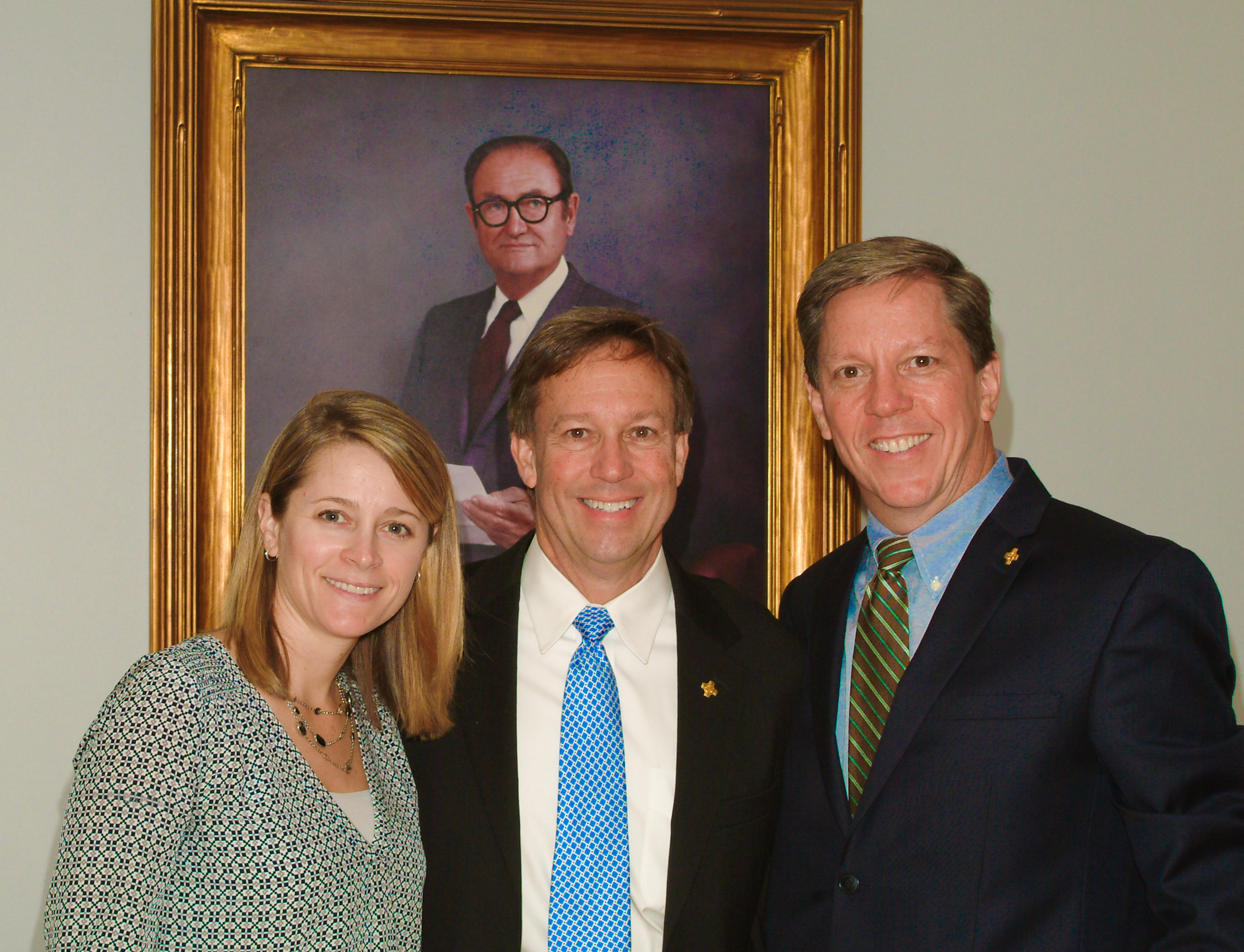As a 17 year long member of the Georgia Dental Association, Dr Caughey attended at the GDA Annual Meeting in an enjoyable way; sharing community and learning with local colleagues. This year Dr. Caughey was invited to speak to the audience on the relationship of bite splint designs and their effect on the cervical spine (neck)…
Read MoreFirst and foremost, many patients demonstrating symptoms of R TMCC patterning will NOT need dental intervention! But it is helpful to know how to recognize those who will. We hope this stepwise chart will aid in decision making. STEP 1: LOCATION OF SYMPTOMS FROM HISTORY Headache – almost always! Neck pain – possibly. Depends on…
Read MoreSphenoid position is a prominent feature of a R TMCC positional pattern. In that position, the greater wing of the sphenoid is more superior on the Right side, than on the Left. Without regard for the position a patient is in (R TMCC versus neutrality), even the most conscientious dentist will adjust a bite splint…
Read MorePatients with bilateral posterior crossbites tend to have deep palates and bilaterally extended cervical chains. Depending on the degree of interdigitation of the teeth, the balancing interferences of the lingual cusps of the lower molars against the buccal cusps of the upper molars can make the canines out of position from a functional standpoint. …
Read MoreMy learning journey with bite splint therapy started in 2002 when I took the second level course at the Pankey Institute. . . this is a class that really tied some concepts together for me and gave me both a rationale and a method for helping patients with occlusal trauma (bite and/or TMJ jaw joint…
Read More


